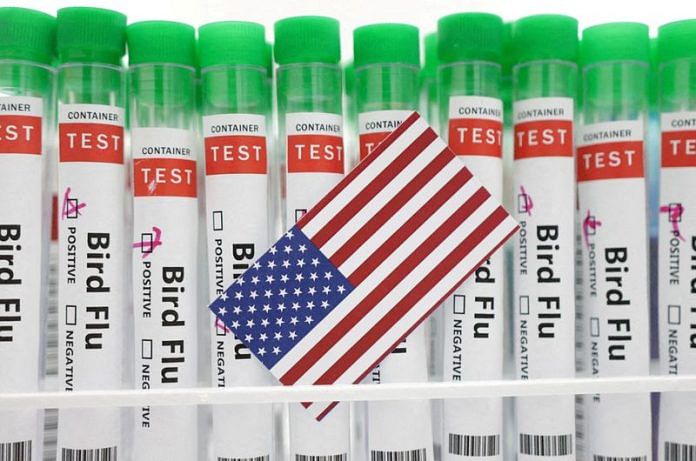By Julie Steenhuysen
(Reuters) – Federal and state investigators in Colorado are investigating an outbreak of H5N1 bird flu on a poultry farm that has resulted in four confirmed human cases and a suspected case.
The infections are the first reported cases in poultry workers in the United States since 2022. They follow an outbreak of H5N1 bird flu in U.S. dairy cattle that has infected an additional four farm workers since March.
The poultry workers were culling chickens at a commercial egg facility with a bird flu outbreak in northeast Colorado, the state said, without naming the facility.
The cases are part of an outbreak of H5N1 bird flu that has been spreading globally in wild birds, infecting poultry and various species of mammals.
The U.S. Centers for Disease Control and Prevention said in a July 14 statement it deployed a nine-member field team comprised of epidemiologists, veterinarians, clinicians and an industrial hygienist was working to support Colorado’s assessment of the outbreak and the human cases.
The CDC said the risk to the general public remains low, but noted that could change.
Genetic sequencing of the virus is underway looking for mutations that could signal the virus is adapting to humans.
The CDC said the workers reported symptoms after being exposed to H5N1 virus-infected poultry. All those who tested positive reported mild illness, including conjunctivitis and eye tearing, as well as more typical flu symptoms of fever, chills, coughing and sore throat/runny nose.
Additional cases may be reported and subsequently confirmed as monitoring and testing is ongoing, CDC said.
Bird flu experts said the cases among poultry workers were somewhat less concerning than the outbreak in dairy cows.
Andrew Pekosz, an influenza expert at Johns Hopkins University, said the five new human cases all appear to be linked with the culling and cleaning of a poultry farm that had an outbreak of H5N1 – one of the more common ways that humans have been infected with H5N1 in the past.
“Because this is most likely direct avian-to-human transmission, it’s a little less concerning to me than dairy cow-to-human transmission, because the latter involves transmission between mammals of a virus that has been replicating in mammals for a longer time,” he said.
Pekosz said it will be important for investigators to collect DNA from the virus from the infected poultry workers and birds on the farm, and look to see how closely related it is to the viruses infecting dairy cows.
Dr. Michael Osterholm, an infectious disease expert at the University of Minnesota, said he was not surprised by the cases.
“Depopulation by its very definition is a dirty business,” he said, noting that the virus gets kicked up in dust and becomes easy to inhale.
He said workers need to be wearing tight fitting face protection, including over the eyes.
“Conjunctivitis is just when you get the virus in the eye, and that’s not hard to do in an environment like that,” he said.
(Reporting by Manas Mishra in Bengaluru; Editing by Pooja Desai and Stephen Coates)
Disclaimer: This report is auto generated from the Reuters news service. ThePrint holds no responsibilty for its content.



